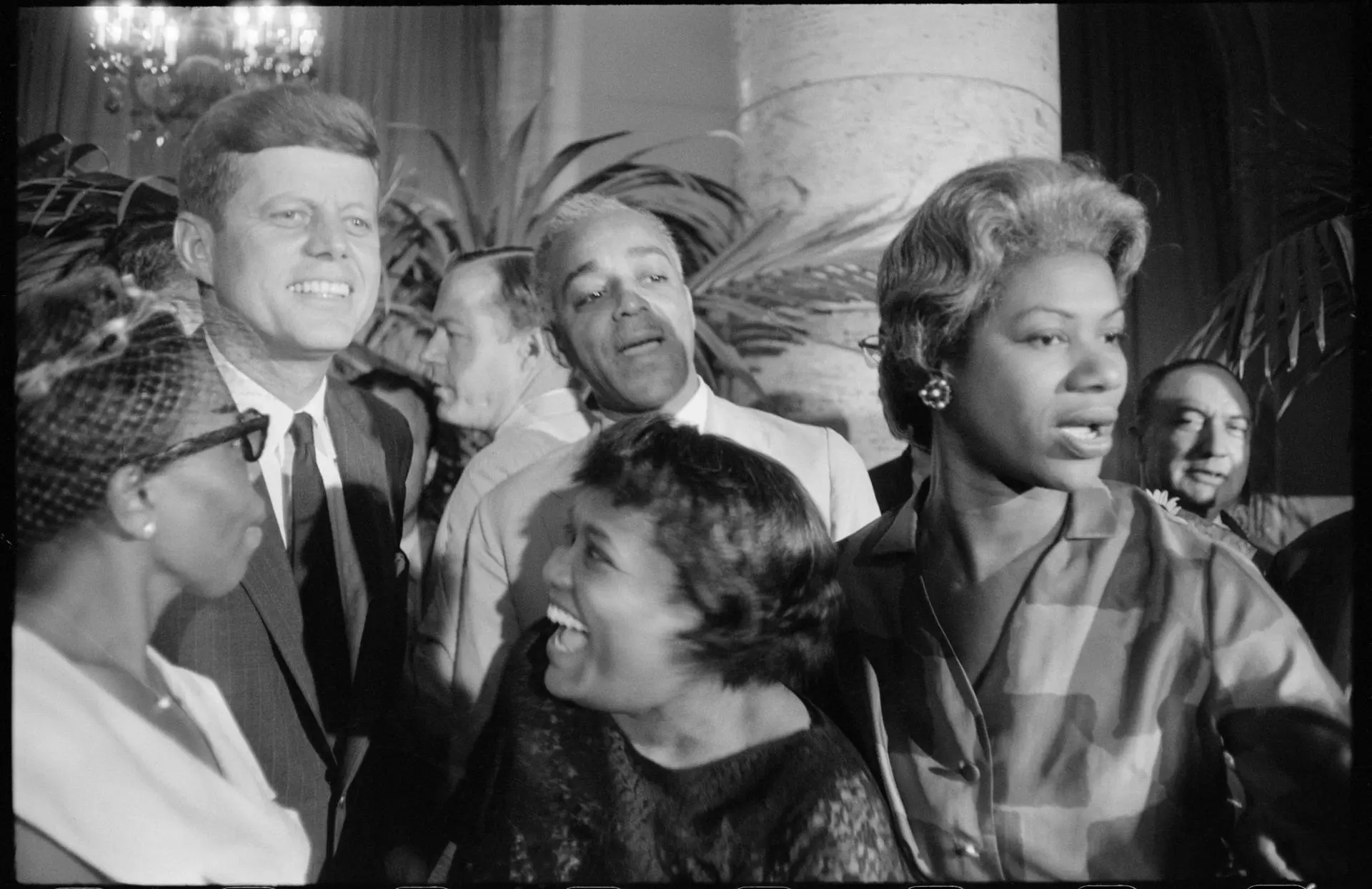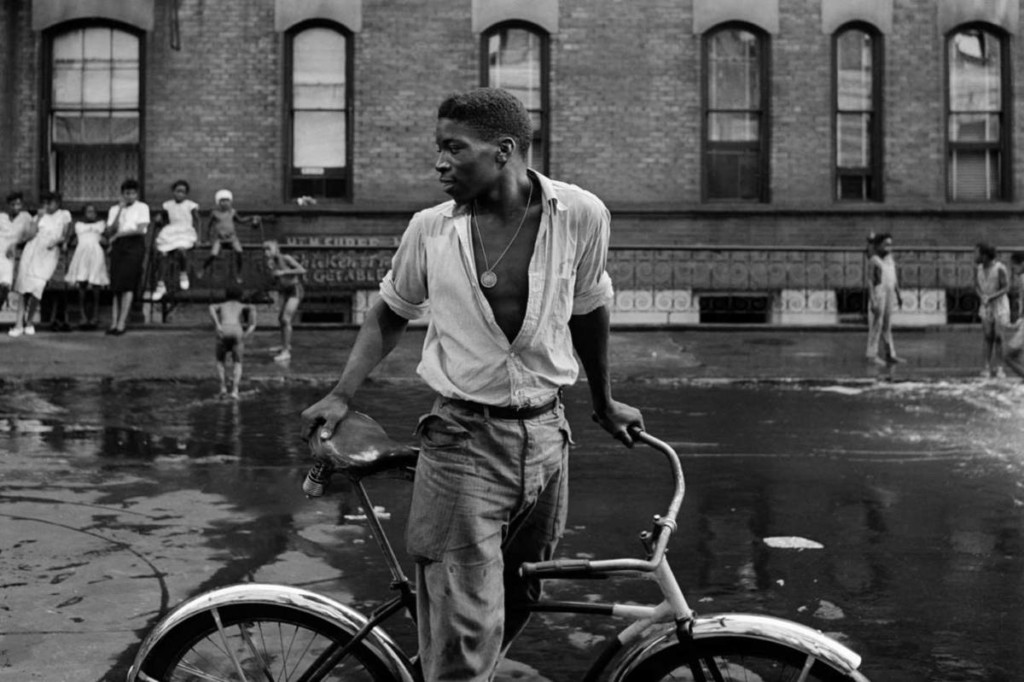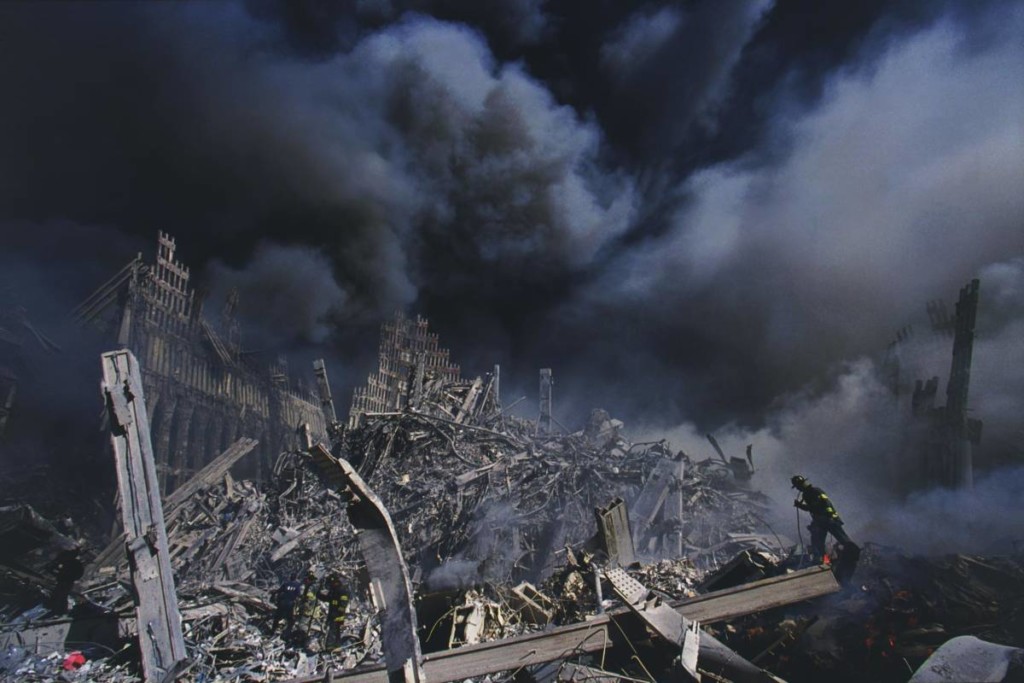Street Photography has no clear definition. There is no higher organization where every Street Photographer is subscribed to, nor is there some official document that describes Street Photography. Therefore I want to present my personal view on this precious genre that is interpreted in manifold ways by different Photographers.
The Cause
As a Street Photographer, my goal is to preserve special moments of our time and make them accessible to future generations. These images are a documentation of our society and mankind. Ideally, the photo should make it possible for the viewer to fully immerse in a different time and experience the atmosphere of this scene.
Think about all the great images of the 1960s or 70s by masters like Vivian Maier or Garry Winogrand.
Vivian Maier shows Chicago from a more reserved, thoughtful perspective which reflects her personality. Through her collection of thousands of images from this time, you are able to wander the streets of Chicago yourself. Even for me, who has no direct relation to that town, it is quite the experience to live through the same moment as Vivan pressed the shutter and captured what she was interested in.

On the other hand, Garry Winogrand enjoyed his life in New York City and it shows in his lively portrait of this impulsive Metropole. In his images, you can often see people laughing or being more expressive. In general, his portrayal of everyday life is more an adventure through the Metropole jungle, than a laid back approach. He gets close and right in the middle of the action.

Whichever style you prefer, as these both examples show, their Street Images allow us to experience a different time and zeitgeist.
This is what Street Photography represents for me. Documenting life of a certain time and preserve it forever. Good images make it possible to ingest them with all of our senses. Although we are only able to see what happens in this moment. Great images facilitate our imagination and play some sound, as well as making it possible to smell the street as already Bruce Gilden noted.
Since Street Photography is a documentation and not a fiction, there are some rules that have to be followed to retain the authenticity of the images. I know that a lot of photographers claim that there are no rules and that anybody can do whatever he wants. But for Street images, there are a few key principles that I want to follow myself.
Candidness
As a representation of reality, I believe that every Street Photograph should be candid and unposed. Not to dismay every posed portrait photo shoot, but to me, they don’t tell the same story or hold any truth to it. It is like comparing a Hollywood movie to a Documentary.
One of the most difficult objectives in Street Photography is to have as little influence on the scene as possible. Of course, it will be near impossible, especially when I like to get close and in the middle of the heat as a Photographer. But nonetheless, we should try to become invisible and capture what we see from a neutral perspective and not be giving directions or orders to any of our subjects.
In conclusion, street portraits aren’t street photography for me. Yes, they may be taken in public, but for me, they don’t represent the true soul of the subject. When a person knows that they are being photographed they behave differently. They pose or smile to create a certain image of themselves. This means they are more superficial and don’t reveal the inner self of these people.
Content
As a representation of mankind, Street Photographs should show some kind of human element in an image. That doesn’t mean that every street image should show a person directly, but that we can also use symbols or other means to fill an image with life.
An image that lacks this element of life is dead to me. They might be beautiful to look at, like architecture images, but they lack a soul. Street Photography should be a documentation of life at a certain time.

Going further, you can get creative in what might be one of the elements to represent life. Obviously, you can photograph people directly, or you can embody them in the image indirectly. This can be done for example via shadows. Pets or other animals can also represent their owner and give details about mankind at this very moment.
Story
The human element is important for the image because it provides a story arch. An image without a story is just beautiful on the outside but it lacks the depth that keeps us interested in the image.
There are two types of stories: open and closed stories.
Closed stories don’t leave much room for interpretation. You see the scene in its entirety and there isn’t much left to the viewer’s imagination. In these kinds of stories, the person is often shown very directly. When taking the image the photographer already had a very clear idea about the story and the viewer only needs to follow his vision.
Open stories, on the other hand, don’t reveal everything. They leave a lot to the viewer’s imagination and only provide certain details that the viewer can begin with. For example, you can photograph a person from behind without showing the face. Or you can capture a very stern gaze but not reveal what the person is looking at.
The difficulty with open stories is that they can be very far fetched and not everyone “understands” the picture. While closed stories are very linear, open stories can be interpreted in manifold ways. What exactly the Street Photograph is telling depends on the personality and imagination of the viewer. Therefore, these images don’t speak to everyone. This is fine, you don’t have to please everyone and not everybody has to understand your level of communication.

Creating a story in a single image is probably one of the hardest tasks for a Street Photographer. It is relatively easy to create images that are visually pleasing. Silhouettes, mirrors or other simple illusions are easy to find. But often they lack a real deep story. These images have taken online platforms by the storm. They garner a lot of interest because they appeal to a large audience.
In my opinion, these images are the fast food type of Street Photography. They are cheap to create, only last for a few seconds, but don’t provide anything lasting.
In-depth Street Photography with real stories is hard to create. They even might not get that many likes, because they are harder to understand and take their time to unfold. But in the end, these images will leave a lasting impression.
Emotions
Very much like the story, emotions play a big part in Street Photography. This is where the depth of an image becomes important again. An image that lacks a story and only satisfies us with its looks, will seldom reach the viewer on an emotional level.
Emotions are important because they dictate how deep of an impact a picture has. We as humans have a very fond memory about events that influence our emotions. Do you know where you were on 9/11/01? I do remember this certain day quite vividly but have absolutely no clue what I did the year before.

In a similar way, if a Street Image is able to invoke emotions, it is a good image.
To create such images, we as photographers need to be open to experience these feelings as well. Your mood and personality play a big role in creating emotional images. Either way, it is important to understand, that you have to be open to express your feelings.
Your images will be to some extent a reflection of yourself anyway. So rather than faking a certain mood or creating images that don’t truly represent yourself, be honest and show your personality. It might take some courage to open up yourself and present your inner self to the world, but to create images that will stand the test of time, it is important to be lead by your emotions.
Conclusion
In this article, I have described what Street Photography means to me and how I define the ideal street image. A perfect street image reaches every sense, tells a story and reaches us on an emotional level. The photographer should achieve all that without influencing the scene or arranging the subjects.
This sounds like quite the impossible task, especially when we don’t have endless tries. Street Photography is not really welcoming to a beginner. Every mistake will be punished immediately without the option to redeem yourself and get the image anyway.
My definition of Street images is hard to find in contemporary Street Photography. Most are flooded with visually appealing images that lack a story.
Not to exclude me from this phenomenon. It is a lot easier to create images that simply look good than capturing images with depth.





























